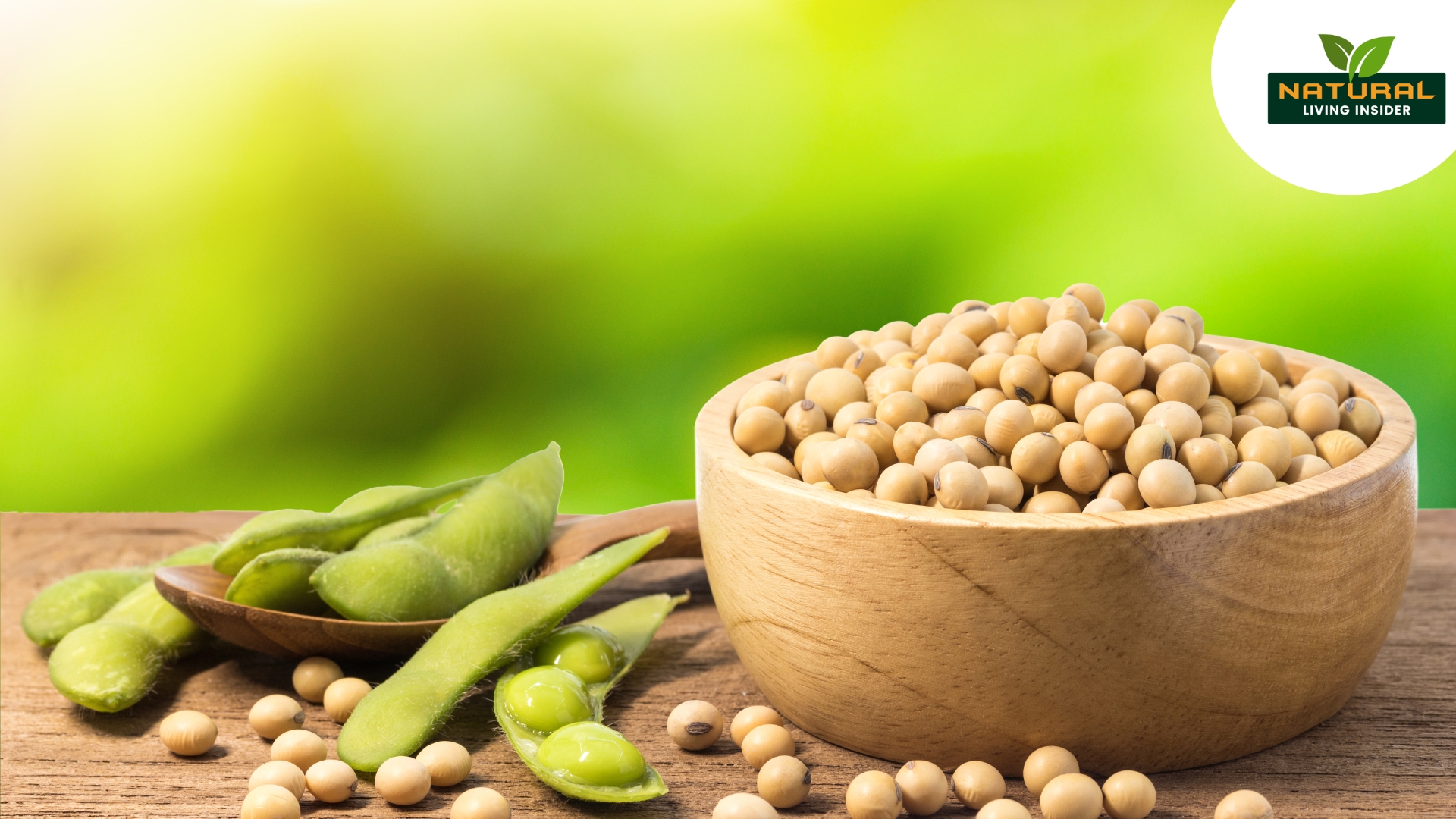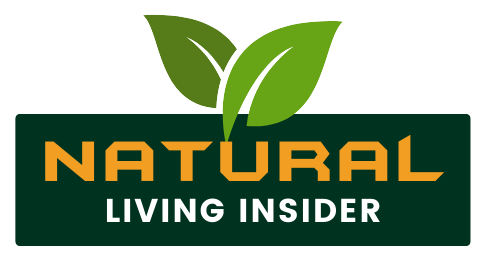
Soybeans are one of the most versatile crops on the planet. Originally cultivated in East Asia, these legumes are now a staple in diets and industries across the world. Beyond being a protein-rich food, soybeans are processed into numerous products — from cooking essentials to industrial materials. In this article, we’ll explore 10 amazing products made from soybeans and explain how you can use each one in your daily life.
Table of Contents
1. Tofu (Soy Paneer)
What It Is:
Tofu is made by coagulating soy milk and pressing the resulting curds into white blocks. It’s sometimes called “bean curd.”
How to Use It:
-
Cooking: Fry, grill, stir-fry, or add it to soups and curries.
-
Popular Dishes: Tofu stir-fry, tofu tikka, tofu salad, miso soup.
-
Nutritional Benefit: High in protein, iron, and calcium.
2. Soy Milk
What It Is:
Soy milk is a plant-based milk alternative made by soaking and grinding soybeans, boiling the mixture, and filtering out the remaining particulates.
How to Use It:
-
Drink it plain or with added flavors like vanilla or chocolate.
-
Use in cooking as a dairy milk substitute — great for vegans and lactose-intolerant people.
-
In coffee or tea as a milk alternative.
3. Edamame
What It Is:
Edamame are young, green soybeans, usually steamed or boiled and served in the pod.
How to Use It:
-
Snack on them plain with a sprinkle of sea salt.
-
Add to salads, rice bowls, or noodle dishes.
-
High in fiber, protein, and folate.
4. Soy Sauce
What It Is:
Soy sauce is a fermented condiment made from soybeans, wheat, salt, and water.
How to Use It:
-
As a marinade for meats or tofu.
-
In stir-fries, dipping sauces, soups, and sushi.
-
Adds a deep umami flavor to a variety of dishes.
5. Tempeh
What It Is:
Tempeh is a fermented soy product with a firm texture and nutty flavor. It’s often used as a meat substitute.
How to Use It:
-
Slice or cube and pan-fry for sandwiches, tacos, or curries.
-
Marinate and grill for a smoky flavor.
-
Rich in protein, fiber, and probiotics.
6. Soy Flour
What It Is:
Made by grinding roasted soybeans into a fine powder, soy flour is a gluten-free, high-protein flour substitute.
How to Use It:
-
In baking: Replace a portion of wheat flour to boost protein content.
-
To thicken sauces and gravies.
-
Used in protein bars, snacks, and breakfast mixes.
7. Soybean Oil
What It Is:
Extracted from soybean seeds, this oil is one of the most commonly used vegetable oils worldwide.
How to Use It:
-
For frying, sautéing, or baking — neutral flavor and high smoke point.
-
In salad dressings and mayonnaise.
-
Used in food processing and cosmetics.
8. Soy Lecithin
What It Is:
Soy lecithin is a byproduct of soybean oil production, used as an emulsifier in food and industrial applications.
How to Use It:
-
Found in packaged foods like chocolates, ice creams, baked goods.
-
In health supplements for improving brain health.
-
In skincare products to stabilize formulations.
9. Textured Vegetable Protein (TVP)
What It Is:
TVP is a highly processed soy product made by defatting soy flour and extruding it into chunks or flakes.
How to Use It:
-
As a meat substitute in recipes like chili, tacos, kebabs, and curries.
-
Rehydrate with hot water or broth before use.
-
Great for vegetarians and vegans due to its meat-like texture and high protein.
10. Soy-Based Biodiesel
What It Is:
Soybean oil can be converted into biodiesel — a renewable, clean-burning fuel alternative to petroleum diesel.
How to Use It:
-
Used in vehicles as an eco-friendly fuel source.
-
Mixed with traditional diesel in various proportions.
-
Supports sustainable farming and reduces greenhouse gas emissions.
From your kitchen to your fuel tank, soybeans are everywhere — offering nutrition, sustainability, and innovation. Whether you’re trying to eat more plant-based foods, reduce your carbon footprint, or simply explore new ingredients, soy products provide countless opportunities. Start with one or two from this list, and you’ll quickly see why soybeans are considered one of the most valuable crops in the world.


